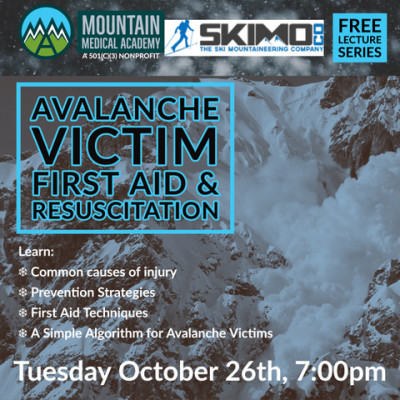10/22/2021 Strength Training for Ski Touring
By Jimmy Picard, physical therapist, performance coach, and owner of Redefine PT
If you are like most endurance athletes, you want to spend all your free time outside doing your sport. If you are a runner, you want to be on the trails. If you are a skier, you want to be skinning and making turns in the backcountry. Our time is precious and we want to spend as much of it as possible doing what we love. But we can’t do that if we are injured or don't have the required fitness.
With that in mind, let’s pick up where we left off talking about building capacity for mountain athletes. In the previous article, we discussed the value of building a base with easy to moderate aerobic exercise. This included easy runs, long hikes, and days out moving at a comfortable pace.
During this base building phase, we can further build our capacity by implementing a strength training routine. The ideal timing for these workouts is fall as skiers are heading into winter and runners have generally finished up their races for the year and are looking to build strength before getting back out there.
I can hear you yelling at me and saying that you don’t have time to go to the gym and that you’d rather be out in the mountains. Trust me, I get it. But hear me out and let’s see why you would want to add strength training and how you can do so as efficiently as possible.
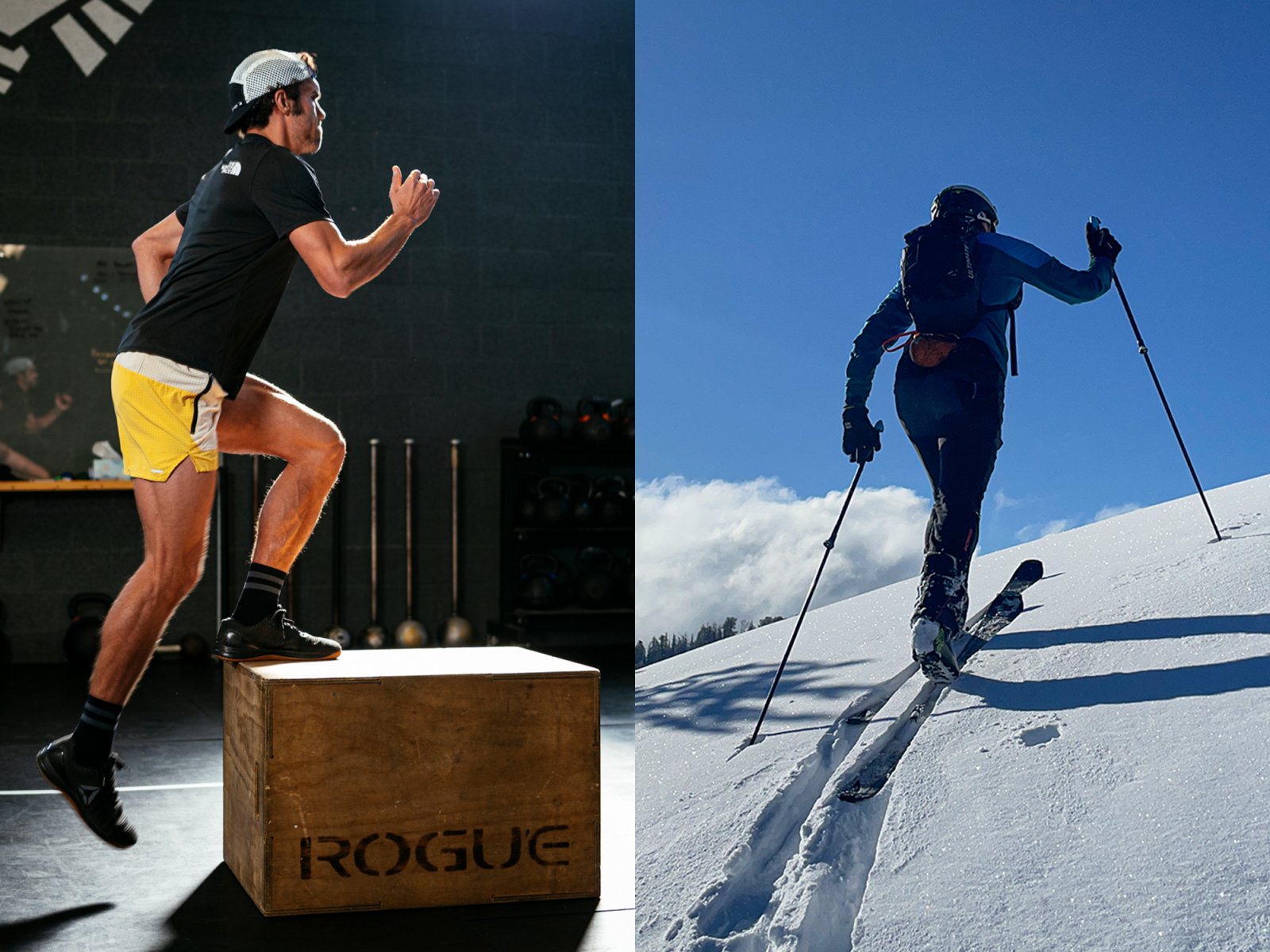
Stronger + Increased Efficiency = More Fun Skiing
The goal of strength training is two-fold. First, strength training can make you more efficient. Numerous studies have shown that improvements in strength correlate with improved running economy which then translates to improved performance. If you get a little stronger, you can move faster and more efficiently. Second, strength training can be another way to prepare your body to tolerate the demands of running, skiing, bootpacking, and skinning. Specifically, strength training can improve the health of your muscles and tendons reducing your risk of injury.
Think of strength training as a tool to help prevent injury and improve performance. It’s also something that you can sneak into your routine on those days when you can’t make it to the mountains or the conditions aren’t great.
For the mountain athlete, the goal of strength training is not to put on muscle mass or lift more weight in the gym. The goal for us is to improve performance in the mountains and stay healthy.
How?
When it comes to strength training for endurance athletes, it’s important to keep it simple. Focus on the demands that the sport requires and work back from there. Uphill skinning and running put a lot of demand on the quads, glutes, hamstrings, and calves.
Now we know what we need to strengthen and that will guide our training. Let's break down strength training into two types - general strengthening and sport-specific muscular endurance strengthening.
Both are equally important.
General Strength
General strength is what most people think about when they think of strength training and lays the foundation for the muscular endurance (M.E.) work. The goal here is to improve raw strength in a non-sport-specific manner. Without getting into too much detail, we can use this type of training to improve neural pathways and get stronger without putting on extra muscle mass. The set/rep scheme is 3-5 sets of 4-6 reps with the weight being 85-90% max effort.
Because we are trying to improve raw strength it’s best to stick with movements that use both legs simultaneously, i.e. barbell back squat or deadlift. Doing so allows you to lift more weight which puts a greater stimulus on the muscles. This is hard training but with the low overall volume, it should leave you feeling refreshed. If you are crushed after these workouts, you are doing something wrong and need to back off.
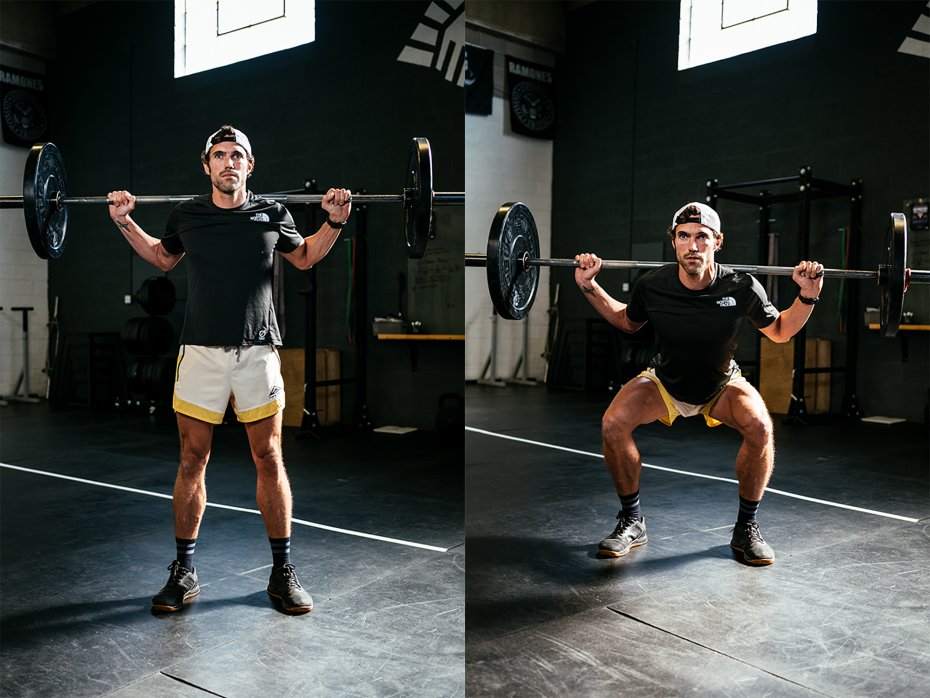
Sport-specific Muscular Endurance
Next, muscular endurance strengthening more closely mimics the sport you are doing. For our purposes, this includes single leg exercises like step-ups, lunges, and split squats. Unlike general strengthening, here we want to aim for higher reps and lower weight. The idea is to replicate the task of running or skinning in the gym. The benefit is that we target the muscles in a manner similar to what the sport requires and therefore build muscular endurance in a safe, low-risk manner.
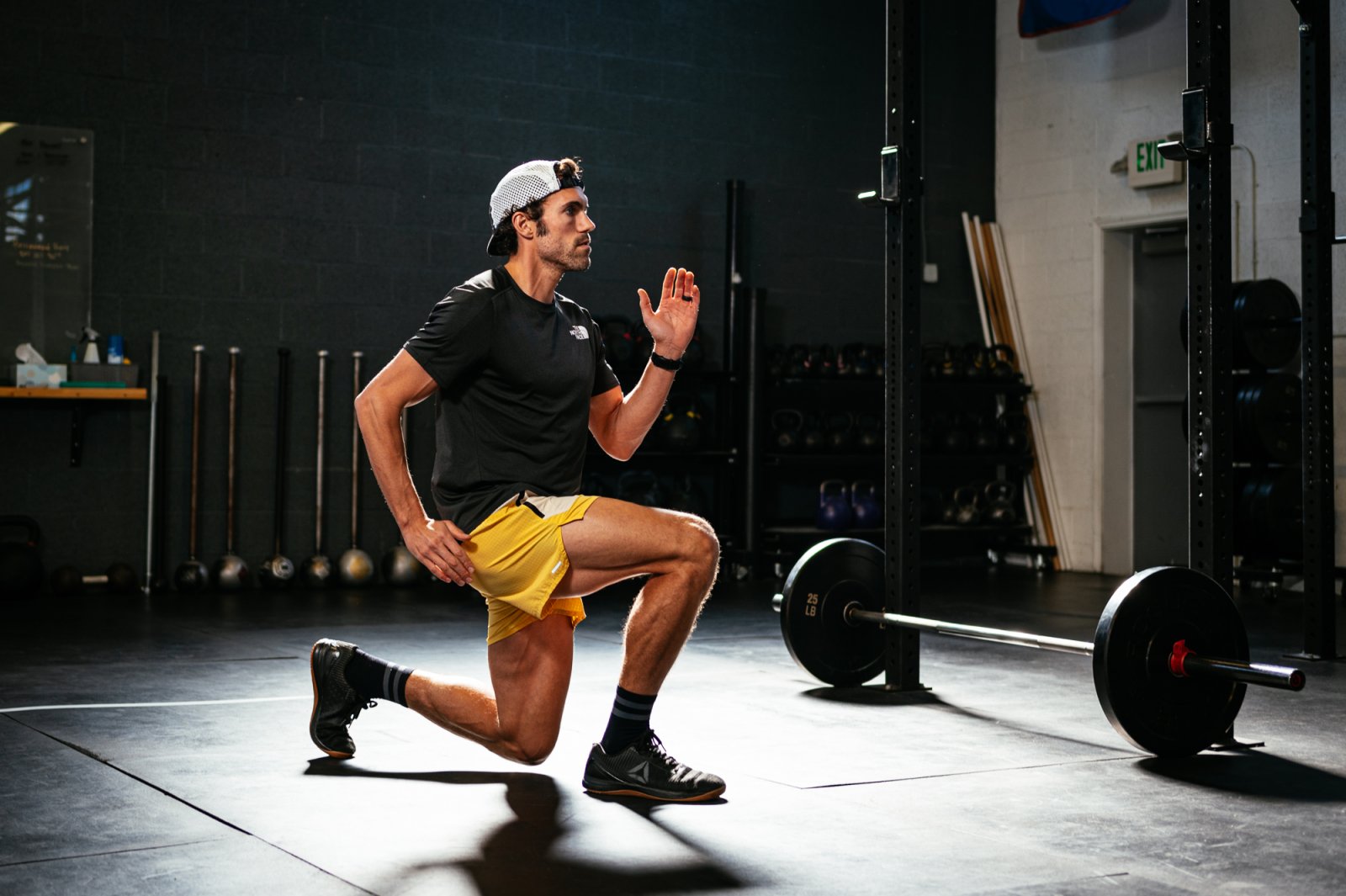
Getting Started
Ideally, you would have access to a gym with a barbell, kettlebells, and a box. However, f you don’t, you can try to make do with a few kettlebells (12kg-24kg) and a set of stairs. However, you likely will not be able to achieve the intensity needed to reach true strength gains with these lighter weights. But you will still see improvements over inactivity.
There are many ways to go about implementing these types of strength training into your routine. But no matter what, the key is to start slowly with an introduction phase. During this phase, you want to get accustomed to the movements and practice good form and technique. Start with the exercises you will want to use in the strength phase. For example, if you are going to be doing heavy squats and deadlifts in the strength phase, start without any additional weight and just do bodyweight squats and hip hinges during the introduction phase.
The purpose of the introduction is not to get stronger but to be competent doing the exercises so you don’t injure yourself. If you are new to strength training it may be helpful to reach out to a training/coach for guidance. This phase can last anywhere from 2-6 weeks with 2 sessions per week.
Next, transition to a general strength phase where the focus is on improving raw strength. Continue with 2 sessions a week and, depending on your personal goals, this can last 4-6 weeks. As mentioned earlier, general strength training typically takes on double leg movements and focuses on applying more weight than you would naturally experience while running or skinning. Examples include barbell back squat, front squats, deadlift, and cleans to name a few.
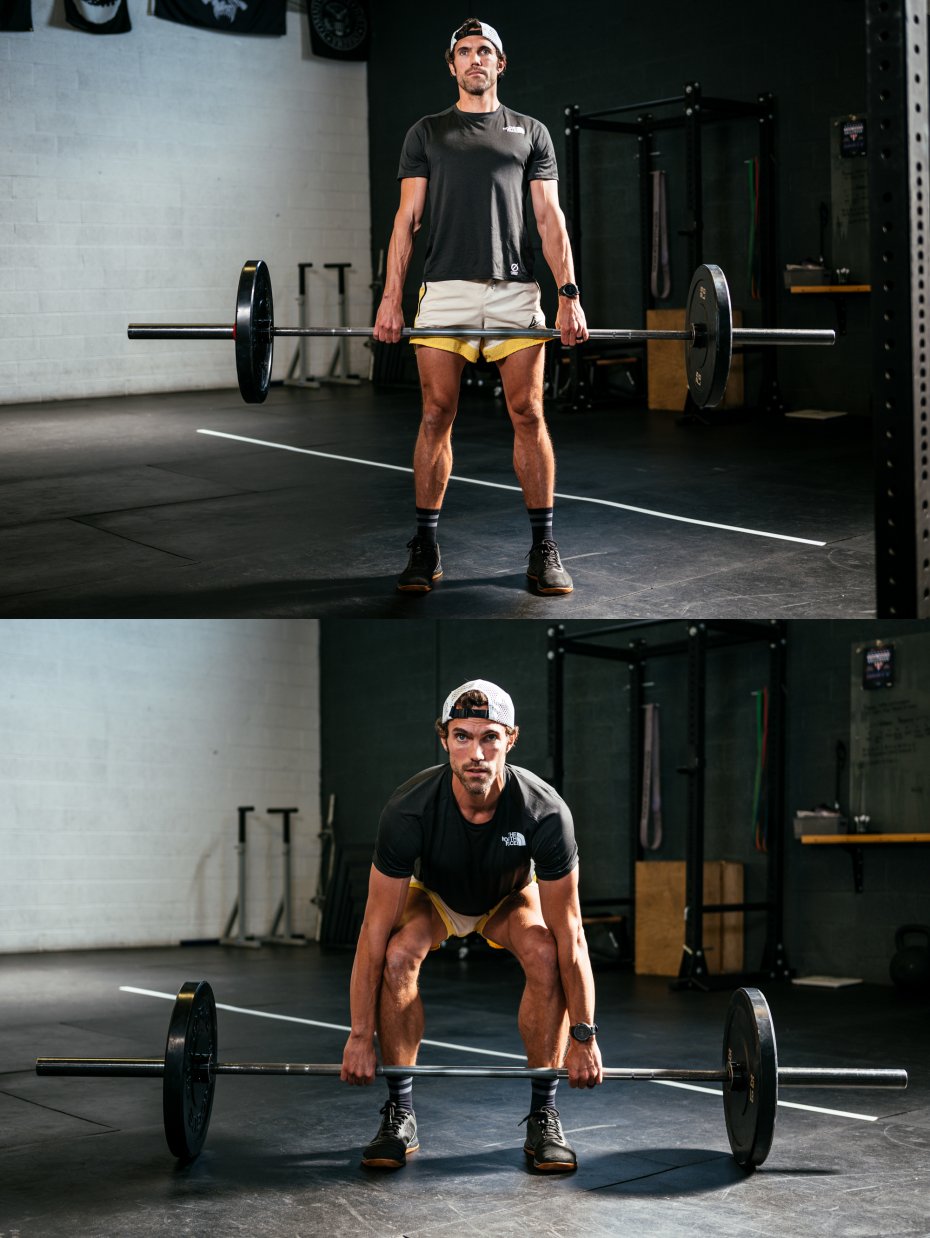
After several weeks of general strength, it's time to incorporate the sport-specific muscular endurance exercises. You can keep the general strength in the routine, but be sure to add more and more muscular endurance work into the mix until that becomes the majority of the workout. Continue this for another 4-6 weeks. Examples of this include box step-ups, split squat jumps, jump squats, and walking lunges.
Put It Into Action:
For folks new to strength training, even if they’ve been endurance athletes for years, going to a gym can be overwhelming when there are so many machines to choose from. A helpful way to overcome this is to keep the workouts simple and consistent. That means pick just a few exercises that make sense for your purposes and stick to them. No need to fiddle around with all of the equipment, especially if you’re unfamiliar with them.
Below is a sample routine that will target all of the core areas needed to improve your game as an endurance athlete.
| Intro Phase: 2-6 wks | Strength Phase 4-6 wks | M.E. Phase 4-6 wks |
|
Warm-Up
|
Warm-Up
|
Warm-Up
|
|
Movement Practice Focus - 3x10ea aim for 5-6/10 effort
|
Strength Focus 3x6 @ 8-9+/10 effort
|
Strength 3x6-10 @ 8/10 effort
|
|
Muscular Endurance Intro
|
Muscular Endurance
|
Muscular Endurance Focus
|
In summary, the goal of strength training for the mountain athlete is to improve your performance in the mountains and to reduce your risk of injury. A little goes a long way, 2x a week is plenty. Start easy and build from there. Remember, any gains you see in the gym will translate to more fun in the mountains.
For skiing, that means more runs when the conditions are great. And who doesn’t want that?!
----
Jimmy Picard is a SLC-based physical therapist and performance coach who recently opened Redefine PT to specifically treat runners, skiers, and other mountain athletes. Through this work, he elevates athletes to perform at their peak. Personally, he has competed in races such as Run Rabbit Run 100, Speedgoat 50k, Power of Four, Wasatch Powderkeg, and Crowbar. Check out his work at https://redefine-pt.com/ and on Instagram at @redefinephysio. If you need help with form/technique or with implementing a strength plan into your routine, feel free to reach out.
Comments
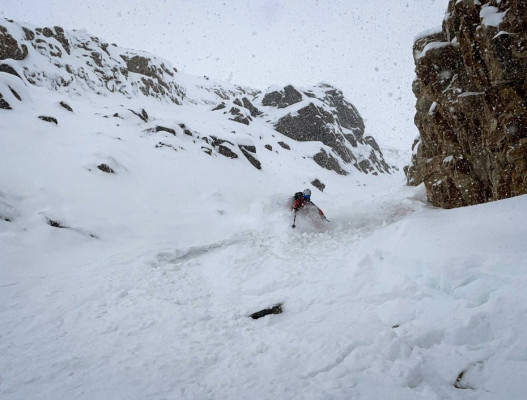
10/28/2021
Skimo Co Employee Preseason Rituals
